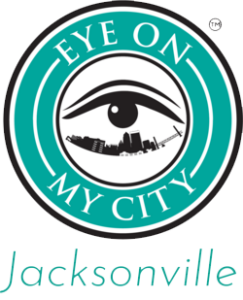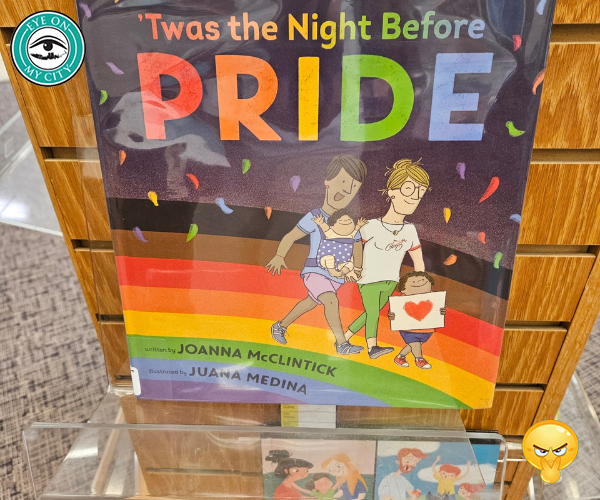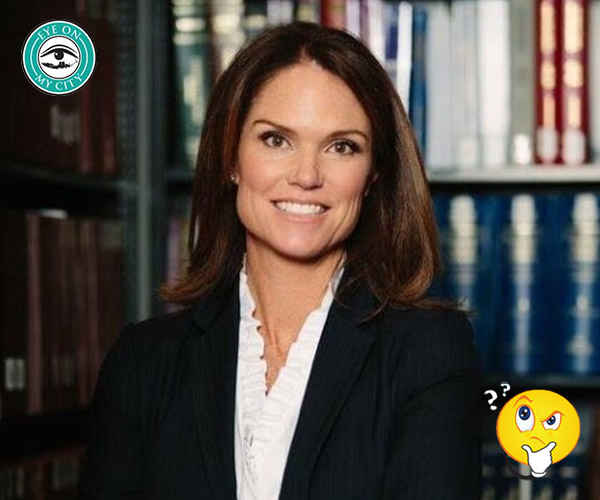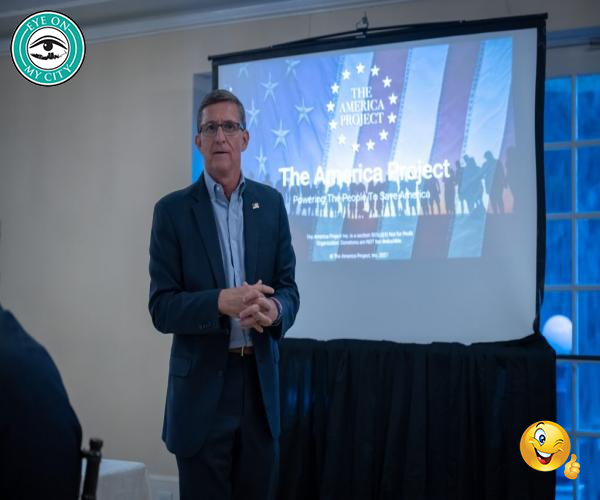
Everyone wants to minimize violence, especially now when gangs of radicals are rioting in the streets of major cities.
For years, various methods have been tried but none have worked.
The latest fad is called Cure Violence. It is being employed in Jacksonville.
Cure Violence supporters claim that it works and cite figures such as these:
- 63% reductions in shootings in New York City.
- 48% reductions in shootings — in first week of program – in Chicago.
Anyone who has seen stories of the carnage in New York and Chicago would ask themselves: If that’s a dramatic improvement, what would it be like otherwise?
In other words, the claims seem fishy.
For obvious reasons, it is notoriously difficult to calculate the number of crimes avoided.
Actual studies don’t back up the claims. Researchers just throw up their hands and say they can’t untangle the effects of Cure Violence, if any, from the normal trends of violent crime.
In Baltimore, it showed results, then fizzled out and was dropped.
Jacksonville bought into the program last year with a lot of hurrahs from the media. State Attorney Melissa Nelson merely said she was “cautiously optimistic.”
Police are not involved in the program. It is funded with grants and private donations and claims to use a public health approach to crime and is sponsored by the Center for American Progress, a public policy research and advocacy organization that presents a liberal viewpoint on economic and social issues, according to Wikipedia.
It uses “violence interrupters” who often are former criminals, and attempts to prevent crime by changing the behavior of criminals or potential criminals.
One way it uses is responding to a killing by talking to those involved and trying to avoid any retaliation.
To show that it is worthwhile, it uses estimates of the total cost of a murder, based on costs of the investigation, the criminal trial, the funeral and other related events. Multiplying this imaginary number by the number of deaths or shootings results in millions of dollars, which the programs claims to save.
For Jacksonville, the program claimed “a 10 percent reduction in violent crime could save $4 million per year, reduce the direct costs to victims by nearly $8 million per year, and avert more than $80 million in annual, intangible costs to victims—reducing total government costs by an average of $122 per resident per year.”
Recently, a small local daily newspaper looked at the number of violent crimes in two ZIP codes and said they went 25 days without any. Cure Violence officials claimed the program had saved 11 people from dying since it began here.
It would be well to examine the results after a long period before concluding the program is an effective tool in preventing criminal violence.










